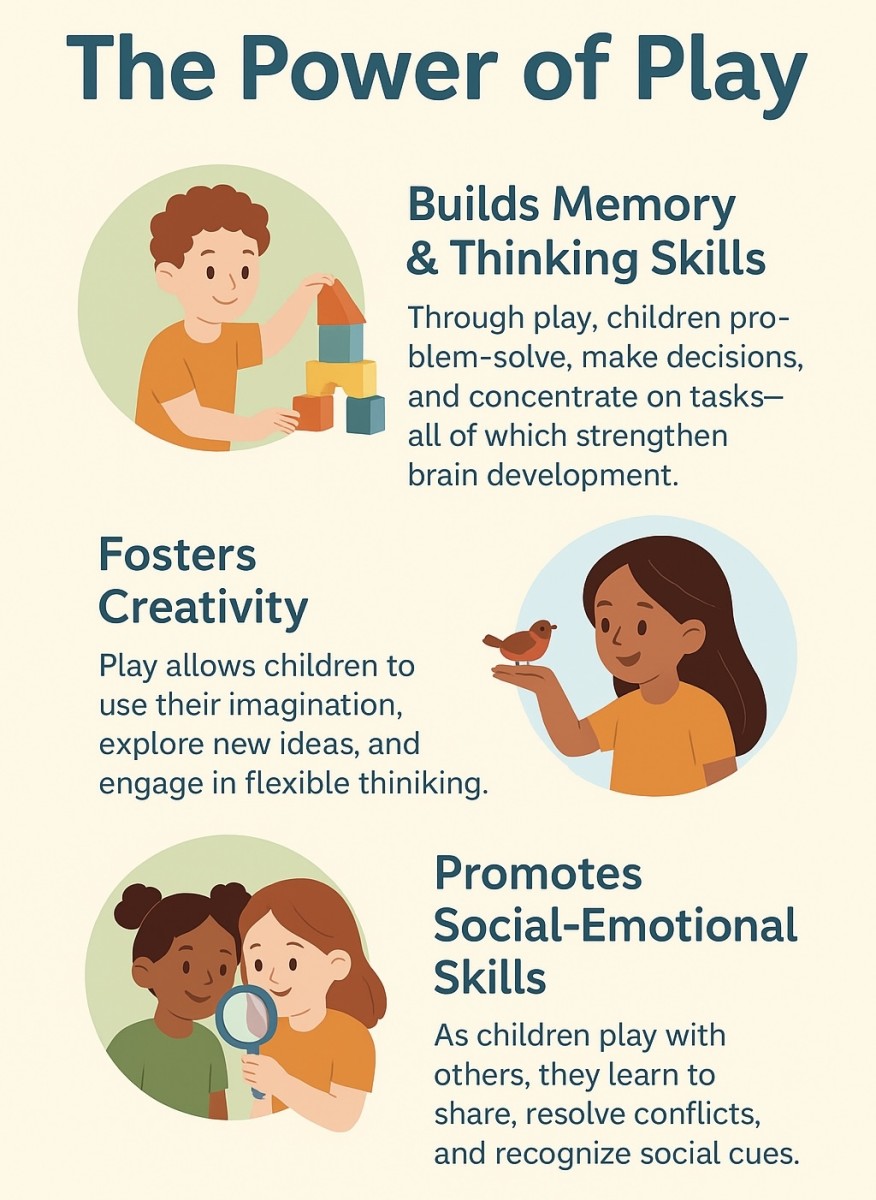- HubPages»
- Family and Parenting»
- Kids»
- Children's Growth & Development
How to Limit My Child's Media Usage

We all know that the volume of media usage among children today is not only unprecedented, but is often unhealthy. Study after study reveals the same results; children need to spend less time plugged in to things like TV, video games, smart phones, computers and other devices. The long list of negative effects due to large amount of screen time include: lack of physical fitness, obesity, media induced ADD, desensitization, and poor social skills among other troubling effects. There is no question that children need less screen time and more real world experience in order to grow up to develop into healthy, well adjusted adults.
Even though parents may be well aware that a high volume of screen time is a problem, the dilemma for parents is “How to limit media usage?” it is certainly easier said than done. In the last 30 years the volume of media activities available to children has continued to increase, presenting modern parents with the need to set limits like never before. In the seventies parents only needed to limit television, then it became video games and now it is TV, video games, computer usage, small device usage such as the I-touch as well as 'smart' phone use (with more devices certainly being developed as we speak). With each new device the possibility of a child experiencing the real world as opposed to the screen world, diminishes and the need for parents to set limits increases.
Media Limiting Solutions
Each parent seems to come up with a method that they feel works for their family. Following are some methods that parents can use to limit their child’s media consumption:
1. No media during weekdays
Many parents adhere to this rule and what is best is its simplicity which makes it easy to follow and offers the child a predictable consistency.
2. Earn your time through physical activity
With this method a child will earn his/her allotted time through physical activity. For instance 30 minutes of bike riding equals 30 minutes of media time.
3. After Homework
Once the homework is done children can watch TV or have media time either for a set amount of time or until bedtime.
4. Daily allotment
Using this method, a certain amount of time each day such as 30 minutes or 1 hour per day or every other day.
5. Personal Schedules
Parents can assist their child in making a schedule for media usage during the day by setting the time and requiring that other activities take place before they can have their media time.
6. Loan out method
Have devices on a “loan out” method where they have to be returned at a certain time. This can work for hand held video games, video game controllers, 'itouch' and other similar portable devices.
7. Media Journal
Keep a media journal where you or your child keep track of usage. This helps to keep track of how much time is actually being spent on media.

Family Media Categories
With so many media options available to children, each family needs to navigate and find their own set of rules, with no two families being exactly alike, though there do seem to be some categories which families fit into in terms of media rules.
No media!
There are a group of educators and psychologist that recommend avoiding media altogether, which means any kind of screens for children and especially young children. Some schools, such as Waldorf Schools, apply a great amount of pressure on adhering to these rules while Montessori educators agree but on average don’t enforce it.
Free Reign
On the far side of the spectrum there are families that set no limits and allow their children free media rein.
Media Limits - Lip Service
Families that say they set limits but really don’t. This may be because they want to sound “politically correct” but really don’t have a method set in place to regularly limit usage.
Average
Somewhere in the middle lie the majority of parents who set rules, which may include no weekday media or allow 30 minutes after their homework is completed.

The modern day experience of raising kids in an ever expanding media explosion is unprecedented. Parents are left having to navigate a road never before traveled; the trail is still being blazed. With this tenuous situation modern parents are trying to keep up, trying to do what is right, trying to make sense of it all, and this is not an easy feat. The family media rules need to be reconsidered and revisited continually to be sure that a reasonable balance has been struck and that children have the opportunity to explore the world beyond the screen in front of them.
© 2014 Tracy Lynn Conway







